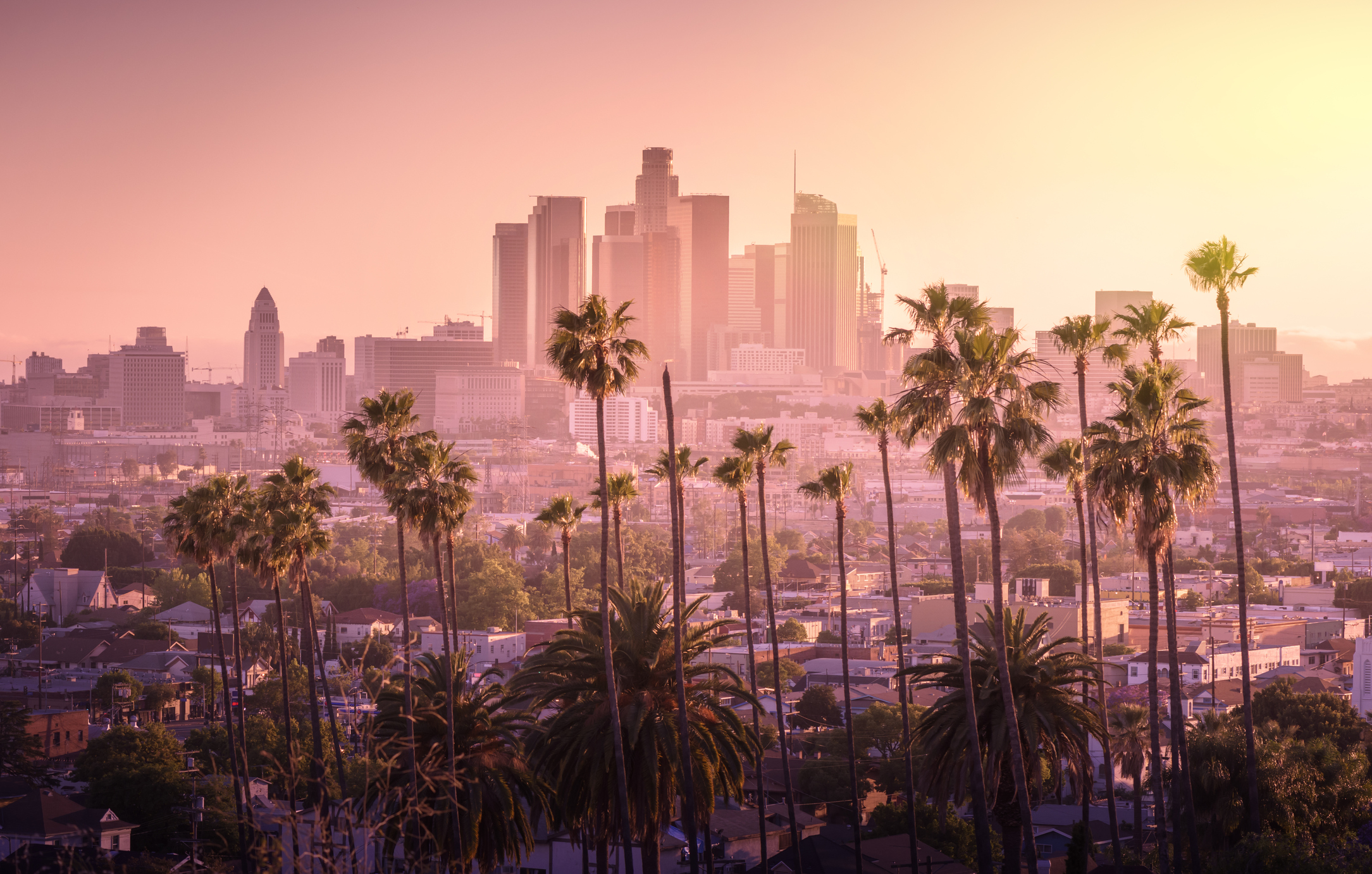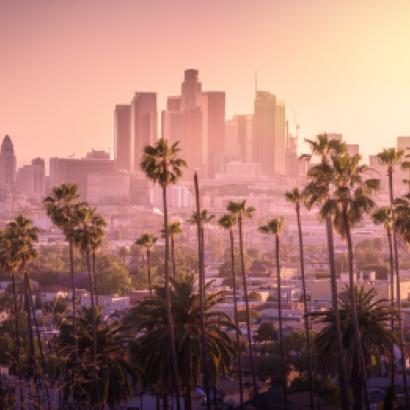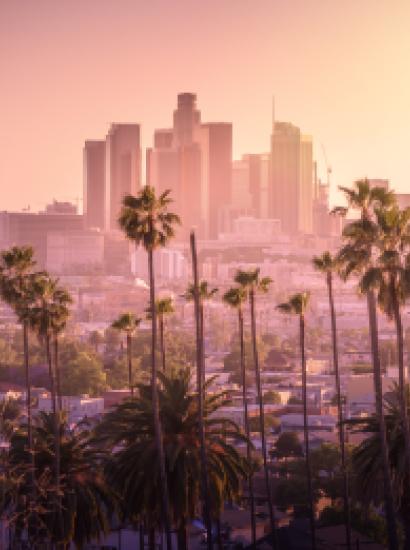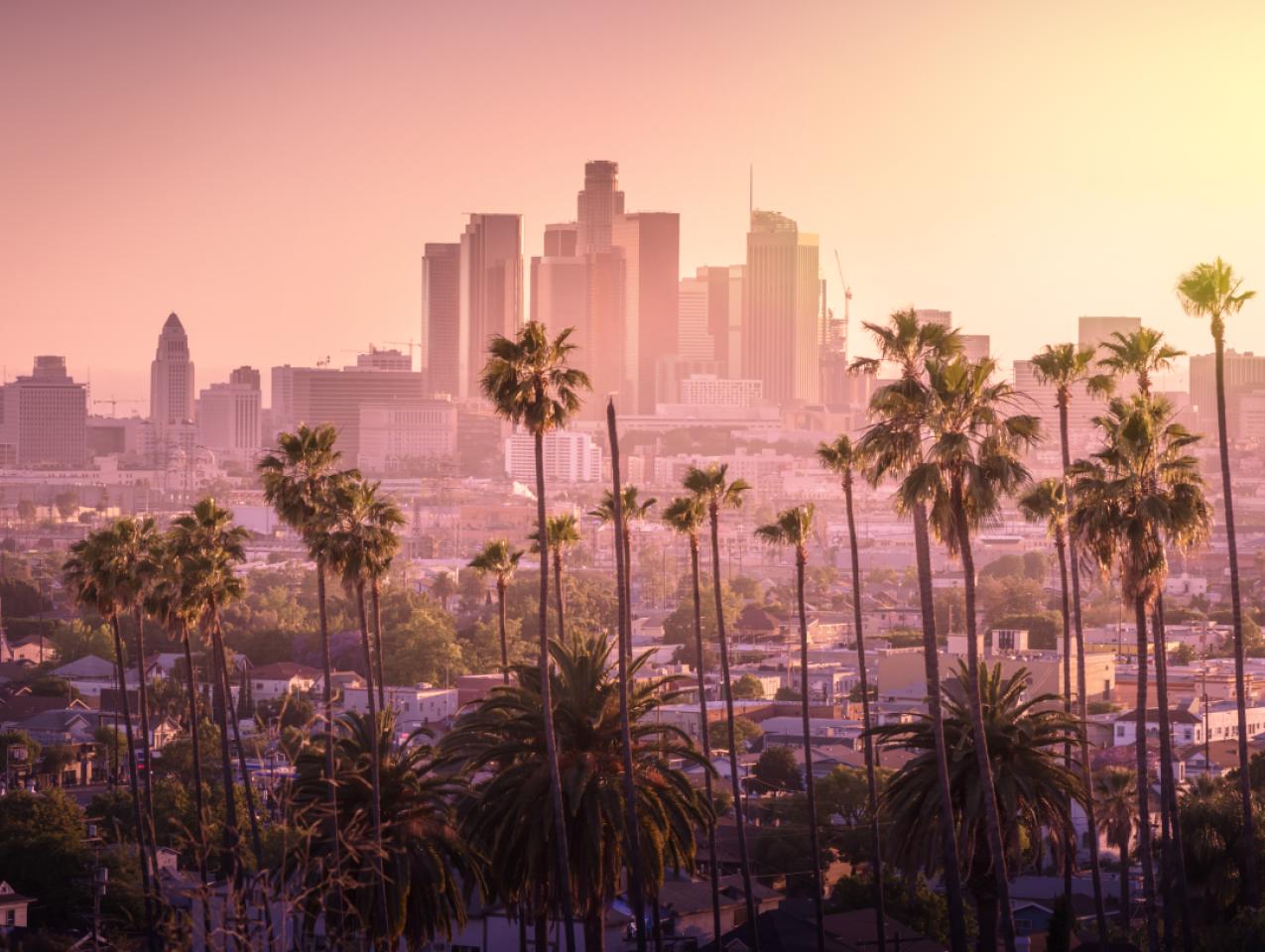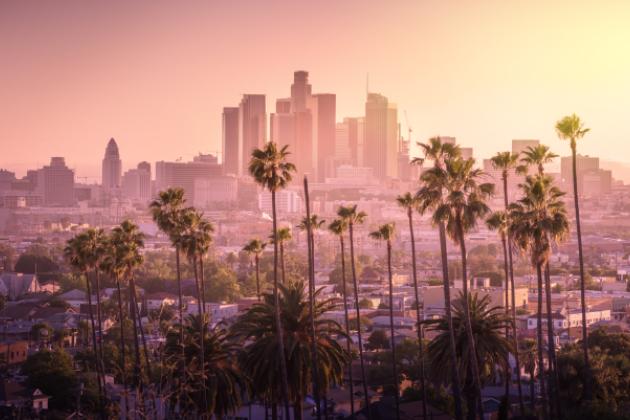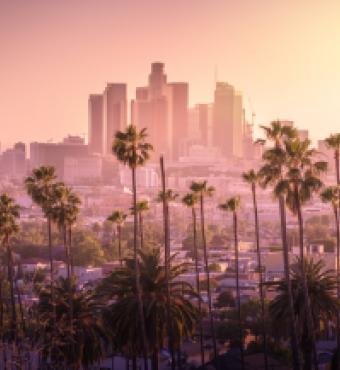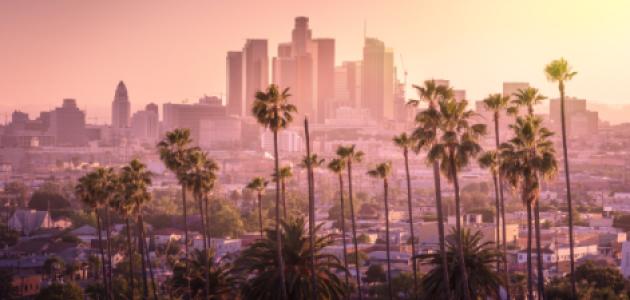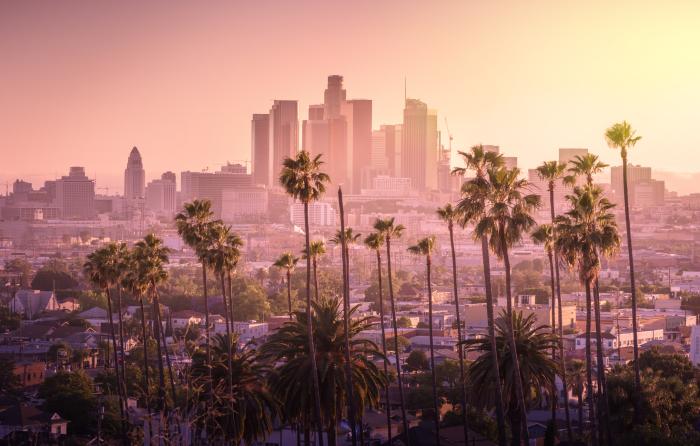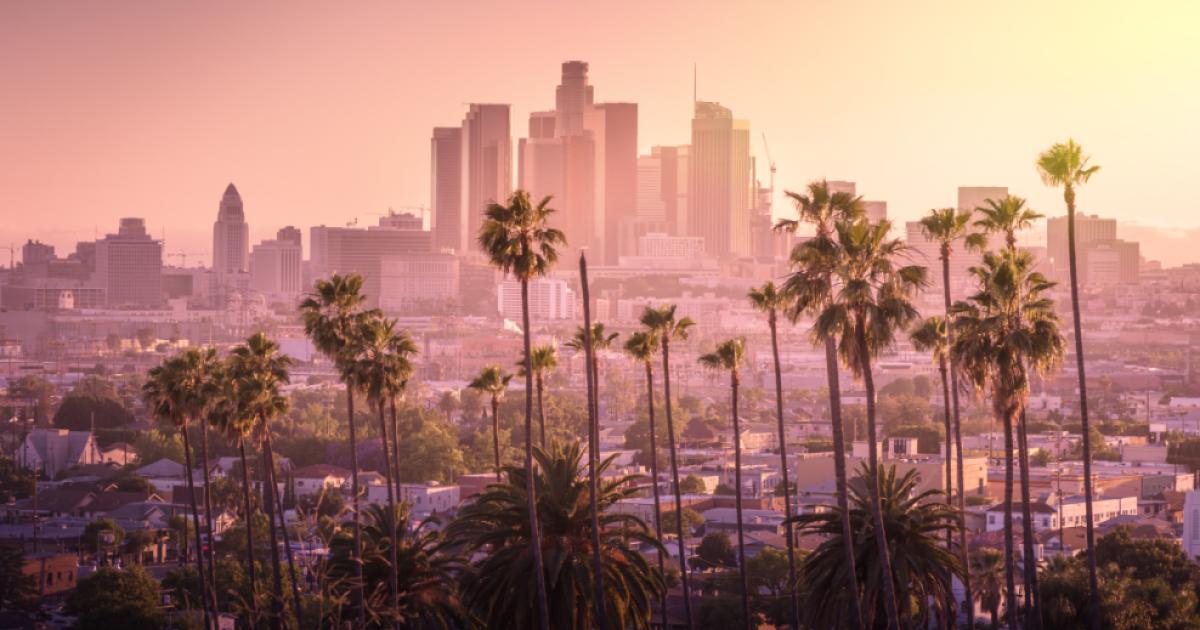- Politics, Institutions, and Public Opinion
- Campaigns & Elections
- State & Local
- California
There are two ways to interpret Los Angeles mayor Eric Garcetti’s decision not to run for the highest office in the land—a departure from the norm, as the line of Democrats jonesing for a shot at President Trump forms to the rear.
On the one hand, Garcetti was acknowledging the obvious. Never in America’s rich presidential history has a US mayor has gone straight from City Hall to the Oval Office. The Democratic field becomes further crowded with each passing week. There’s already one prominent Californian in the race—senator Kamala Harris—and she’s busily scooping up money and endorsements.
What Garcetti didn’t address was the elephant in the room: Los Angeles has a problem with chronic homelessness, a urban eyesore that doesn’t hold up well under heavy scrutiny. And as a mayor running for president, he and that thorny issue would have been tied at the hip.
It’s a handicap that Harris doesn’t face in her presidential quest. As the junior senator from California, she’s treated not as an Angeleno but instead as an extension of a very skewed media narrative for the greater nation-state—an august land of wealth, compassion, and creativity advancing an ambitious progressive agenda while defying the Trump administration at every turn.
Another senator who benefits similarly is New York’s Kirsten Gillibrand. When she travels to Iowa and New Hampshire, she doesn’t have to account for New York City’s daffier detours (for example, imposing virtual racial quotas on the city’s top high schools).
On the other hand, New Jersey senator Cory Booker is a former mayor of Newark; he’ll be judged, in part, on his record in that city.
How important is it for a senator to be divorced from their home state’s more visible urban failings? Ask former Chicago resident Barack Obama. In 2008, then senator Obama breezed to victory while Chicago’s homicide rate surged.
The 2020 election already is a head-scratcher. America could be looking at four major candidates come next Election Day if a couple of third-party efforts materialize. The last time that happened was 1948.
Also curious: why California hasn’t made the final cut as a host site for next year’s Democratic National Convention (at last report, the choice was down to Houston, Miami, or Milwaukee, with the latter city reportedly the odds-on favorite).
America’s nation-state last hosted a national convention in 2000, when Democrats gathered in Los Angeles to nominate Al Gore (LA also played host to John F. Kennedy’s nomination in 1960). Four years prior to that, Republicans journeyed to San Diego. Both parties have partied more than once in San Francisco (Democrats in 1984 and 1920; Republicans in 1964 and 1956).
Why didn’t California make the finals this time?
Maybe it has something to do with strategy. Miami (Florida) and Milwaukee (Wisconsin) are in two purple states that both parties will heavily contest, whereas California a big, blue foregone conclusion.
Or perhaps it’s superstition. Other than 1960, Democrats have lost each time the national convention came to the West Coast (by that rationale, Miami would be a non-starter, as it played host to the Democrats’ disastrous convention in 1972).
Hard to believe for a nation-state that’s a bastion of wealth (not to mention a locus of poverty): money might have been a factor. Los Angeles already is planning for the 2028 Summer Olympics. San Francisco can expect a severe backlash from the local population anytime city leaders suggest an event that entangles taxpayer money and corporate excess.
But imagine what the Democratic search committee would have encountered had it camped out in either city for a prolonged time—and bothered to walk the streets rather than town-car and Uber between destinations.
At last count, the City of Los Angeles had a homeless population of nearly 32,000 (two near-sellouts at the downtown Staples Center). Los Angeles County’s homeless population approaches 55,000 (a Dodger Stadium near-sellout and a 75% increase over the past six years).
Los Angeles prides itself as a city on the cutting edge of trade, technology, and entertainment. However, the futuristic metropolis continues to be plagued by typhus, “a medieval disease that’s caused by trash.”
San Francisco also has a pernicious homeless population (it’s remained steady since 2013). But California’s northern urban jewel is plagued by a different disease: drugs.
At last estimate, the city is home to about 24,500 injection-drug users (2,000 more than in 2012). That drug-using population is about 50% larger than all of San Francisco’s public high school enrollment.
Injecting drugs requires needles and syringes. In 2016, the San Francisco Department of Public Health handed out approximately 400,000 needles each month in hopes of reducing HIV and other health risks for drug users (supposedly, it’s an “exchange program,” but there are no strict rules for returning used needles). Of these 400,000 needles that hit the streets, on average only 246,000 are returned at disposals. That leaves 154,000 needles in play. City workers collect an additional 21,000 needles each month. That means 133,000 go unaccounted for.
Note to any first-time visitor to the San Francisco experience: keep an eye on the ground ahead of you. And wear thick-soled shoes—shoes that you’re willing to throw away, as San Francisco also a problem with human feces littering its streets and sidewalks.
To put this California tragedy in human terms: 400,000 syringes a month, for a local population of approximately 24,500 drug users, translates to about 16 per person. In 2016, about one in every 38.49 San Francisco residents was an intravenous drug user.
This isn’t to suggest that San Francisco can’t put on a good convention. The city’s full of top-flight hotels and restaurants. The Golden State Warriors’ new arena, slated to open this fall, is expected to be a technological marvel and a cash cow.
It’s the seedy underside of the gilded progressive land that begs for more scrutiny: how a state with the world’s fifth-largest economy can mint millionaires yet also see its schools run out of money and its state pensions woefully unfunded.
Kudos to Mayor Garcetti for coming to his senses and sticking to his day job (“This is where I wanted to be. This city deserved my attention,” the mayor told reporters at his non-announcement announcement). Garcetti also vowed to “finish the job,” without committing to serve out the remainder of his term through 2022.
Meaning: Los Angeles’s mayor might be open to the notion of joining a Democratic administration should the White House change hands in early 2021.
It’s a familiar “LA story”: during the 2012 election, Garcetti’s predecessor, Antonio Villaraigosa, tried in vain to become transportation secretary in the second term of the Obama presidency.
A cabinet post isn’t the Washington job Mayor Garcetti dreamed of a year ago. But it would keep him in the mix until something better opens up (such as Dianne Feinstein’s Senate seat in 2024).
And, even on its worst days, trying to solve the nation’s transportation woes has to be more of a pleasure than struggling with a Los Angeles homeless epidemic that just won’t go away.







